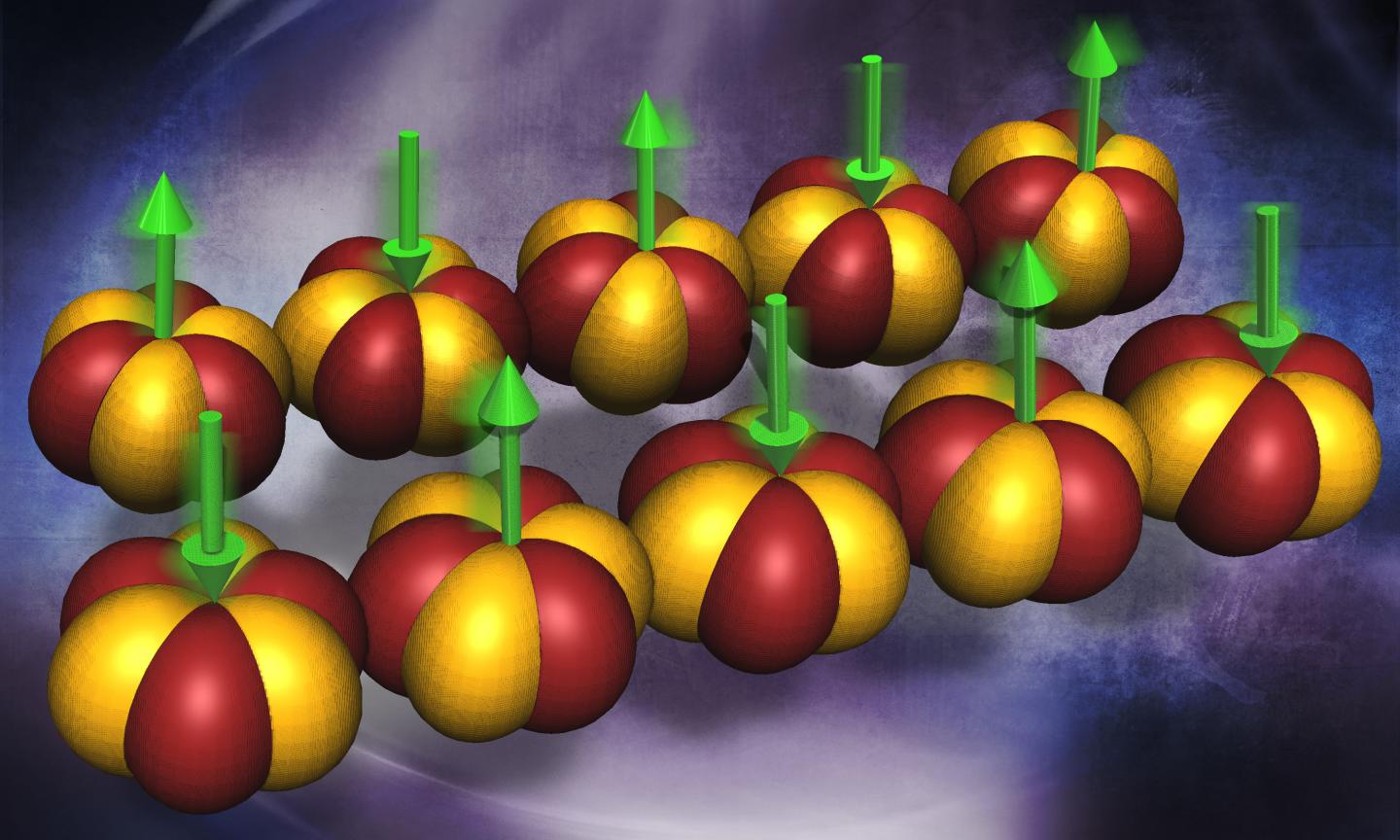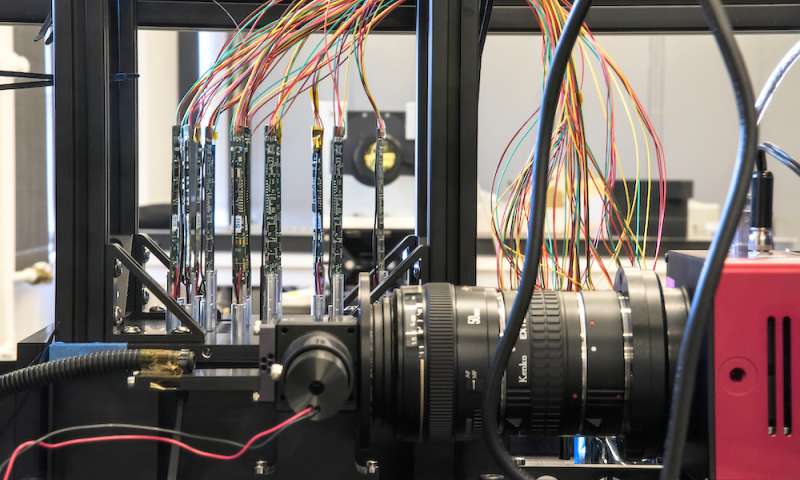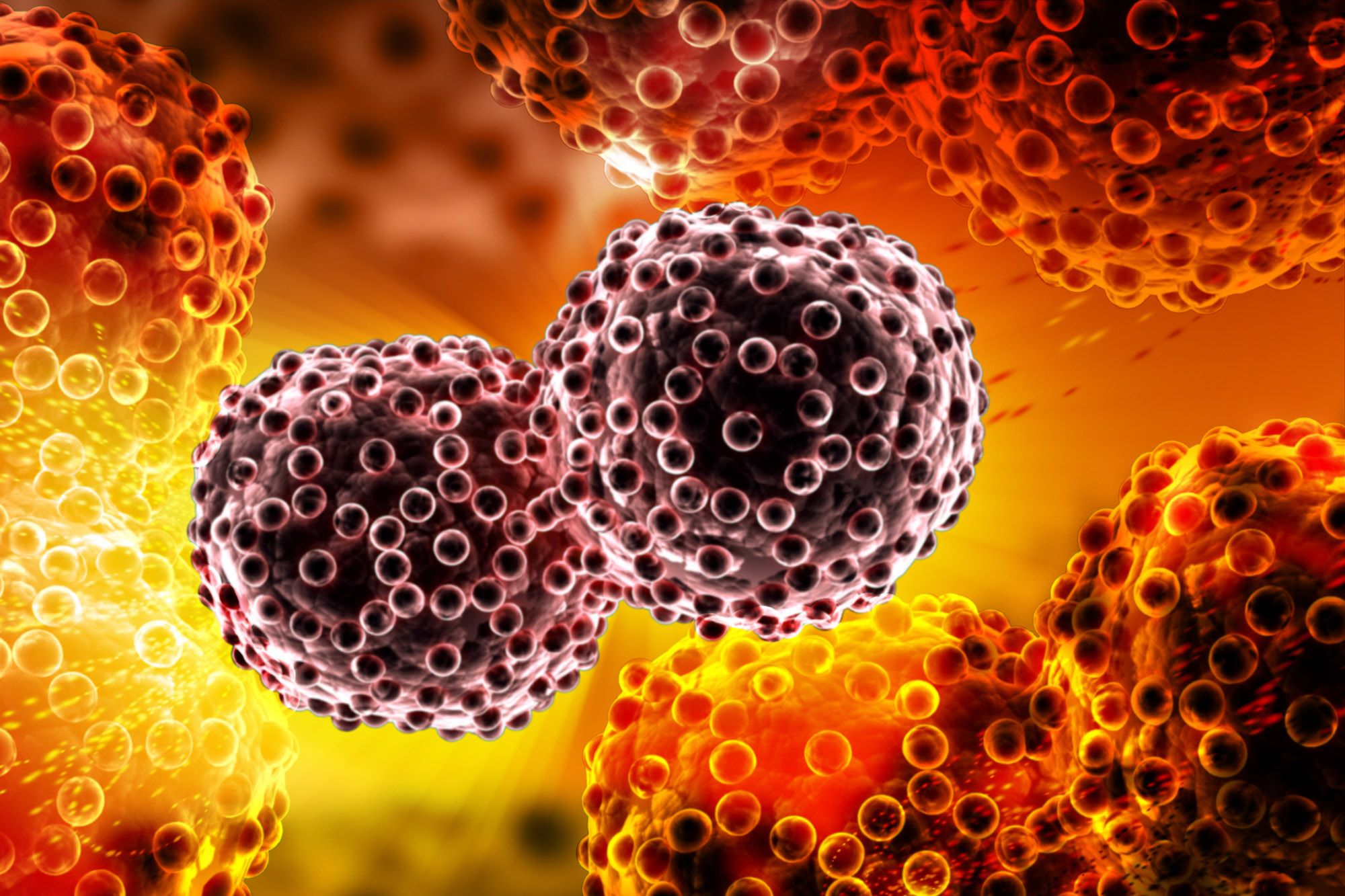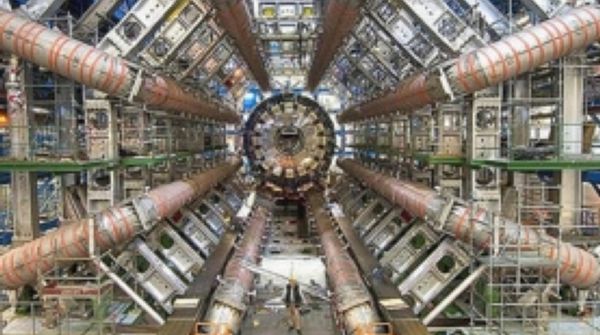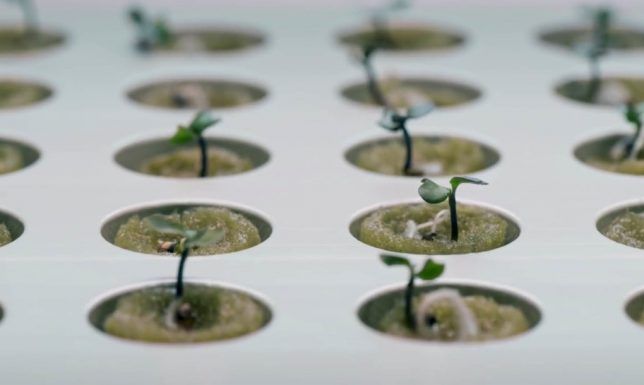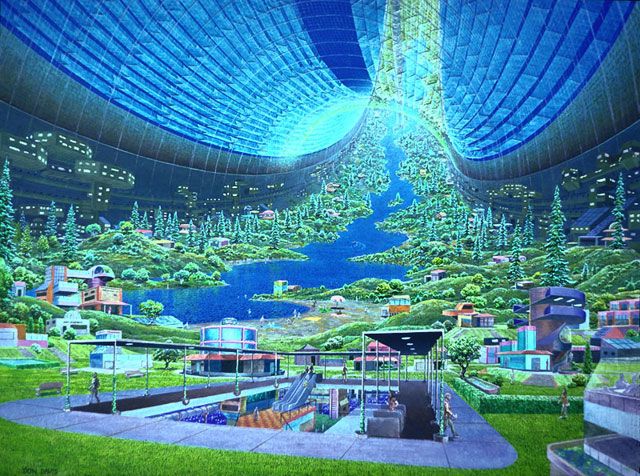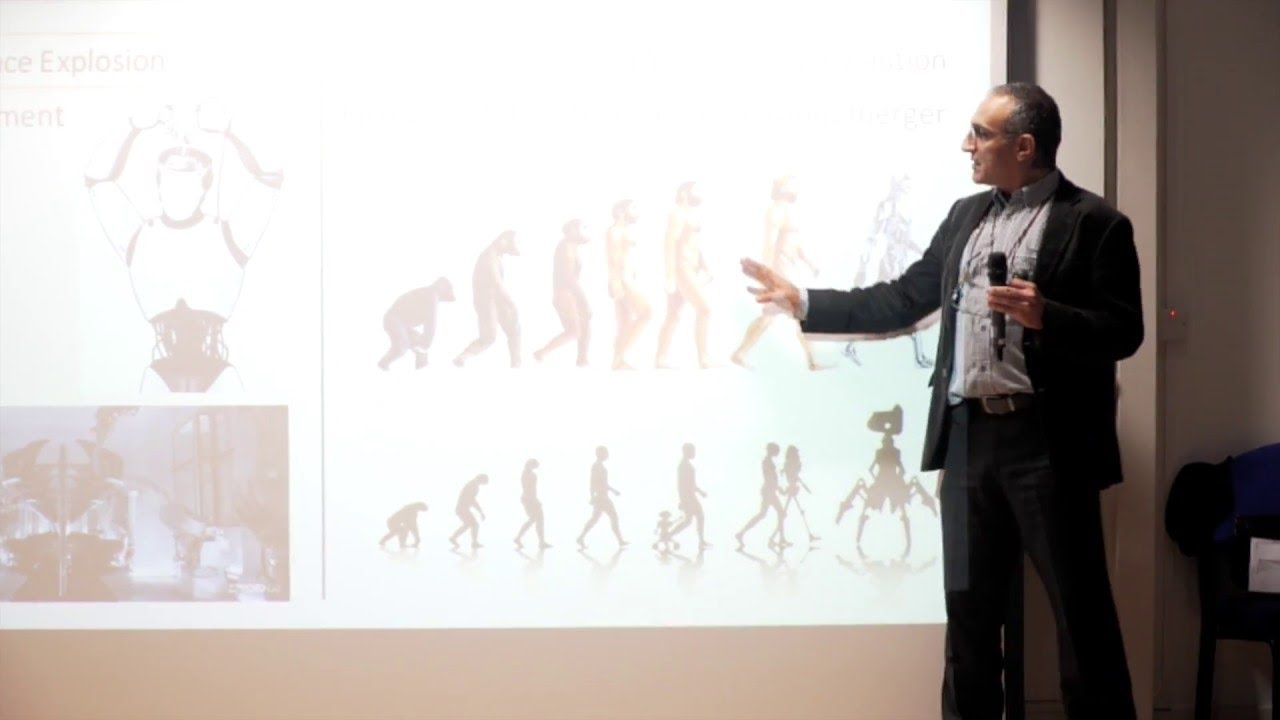THE only way for humanity to survive the artificial intelligence (AI) revolution is for us to merge with the machines ourselves, according to US Presidential candidate Zoltan Istvan.
“With the LinkedIn acquisition, Microsoft snares two prizes: the massive amounts of data contained in LinkedIn’s 433 million member profiles that are kept scrupulously up to date by business professionals and to which competitors have no access and the brainy computer algorithms that crunch that data.” the writeup.
Buying the Facebook of professional networks is perhaps the best illustration yet that the cloud wars are heating up.
More news on ORNL’s efforts around magnetic excitations in the metallic compound ytterbium-platinum-lead (Yb2Pt2Pb).
Researchers at the Department of Energy’s Oak Ridge National Laboratory and their collaborators used neutron scattering to uncover magnetic excitations in the metallic compound ytterbium-platinum-lead (Yb2Pt2Pb). Surprisingly, this three-dimensional material exhibits magnetic properties that one would conventionally expect if the connectivity between magnetic ions was only one-dimensional. Their research is discussed in a paper published in the journal Science.
An electron can theoretically be understood as a bound state of three quasiparticles, which collectively carry its identity: spin, charge and orbit. It has been known that the spinon, the entity that carries information about electron spin, can “separate” itself from the others under certain conditions in one-dimensional chains of magnetic ions such as copper (Cu2+) in an insulating host. Now, the new study reveals that spinons are also present in metallic Yb2Pt2Pb.
The experimental team included ORNL postdoctoral researcher and lead author Liusuo Wu, Georg Ehlers, and Andrey Podlesnyak, instrument scientists at ORNL’s Spallation Neutron Source (SNS), a DOE Office of Science User Facility. The team made use of the neutrons’ sensitivity to magnetic fluctuations at the atomic scale and the world-leading capabilities of the SNS Cold Neutron Chopper Spectrometer (CNCS) instrument.
“A prototype system, designed as a test for a planned array of 5,000 galaxy-seeking robots, is taking shape at the Department of Energy’s Lawrence Berkeley National Laboratory (Berkeley Lab).”
How cool would it be to stop cancer dead in its tracks using a vaccine that would work regardless of cancer type? It turns out that humanity is already thinking along those lines, and it’s looking to introduce a type of “universal cancer vaccine” that would be able to trigger the human’s body built-in defenses to kill cancerous cells.
Specifically, researchers at the Johannes Gutenberg University in Mainz, Germany, have initiated a limited safety human trial, after experiments on mice showed impressive results.
Don’t miss: This might be the most exciting and unexpected Apple announcement at WWDC 2016.
IKEA recently launched a hydroponic gardening system to allow people to grow fresh produce at home (without soil or sunlight) and has just unveiled a similar system under development that is aimed at helping restaurants raise ingredients in-house.
The KRYDDA/VÄXER hydroponic garden lets sprout seeds without soil using absorbent foam plugs that keep plants moist (without over-watering, thanks to a built-in sensor). Germinated seeds can then be transferred to pots fitted into a growing tray featuring a solar lamp. The system is designed to be easy to use for even inexpert gardeners.
New research demonstrates that quantum dots solve a key issue with current 3D printing materials. I spoke with Keroles Riad, PhD student at Concordia University Montreal, Quebec, Canada, about his thesis on the photostability of materials used for stereolithography 3D printing. The research was supervised by Prof. Paula Wood-Adams, Prof. Rolf Wuthrich of the Mechanical and industrial engineering department at Concordia and Prof. Jerome Claverie of the Chemistry department at the University of Quebec in Montreal.
While quantum dots have been shown to cure acrylics, Riad says this work is the first demonstration of the process in epoxy resin.
3D printing is often richly rewarding because it spans multiple disciplines. Here we look at a new thesis that advances the critical area of materials. The approach taken uses engineering, chemistry and physics to overcome the issue of stability present in current stereolithography processes. The results could form the basis of superior materials and wider use of 3D printing in many areas.
Gerard K. O’Neill’s name might not ring a bell for many of us, but he certainly is one of the most significant names in the world of physics and space sciences. Gerard was an American physicist whose ideologies resonated with the concept of Space Manufacturing and Space Colonization as early as 1969.
He visualized establishment of a space manufacturing facility that would product end products for use in the outer space. Located in a very high orbit as compared to Earth, or on any celestial body, he claimed that the manufacturing facility would be self-sufficient and would be built entirely using materials available on celestial surfaces like lunar soil. When O’Neill presented his novel idea using research papers at different forums, he faced rejection and disapproval as every other world-changing idea did.
The Singularity Controversy
Posted in computing, robotics/AI, singularity
In this London Futurists event, Amnon Eden, lead editor of the volume “Singularity Hypotheses” which was published three years ago, provided an update on the controversies about the Technological Singularity. Topics covered include:
• Luddites, Philistines, and Starry-Eyed: The War over Killer Robots
• AI (Artificial Intelligence) vs. IA (Intelligence Augmentation)
• definition, sufficient and necessary conditions.


